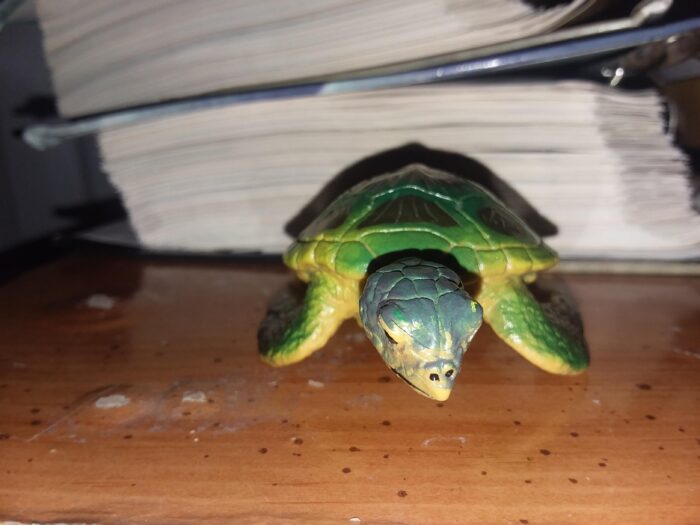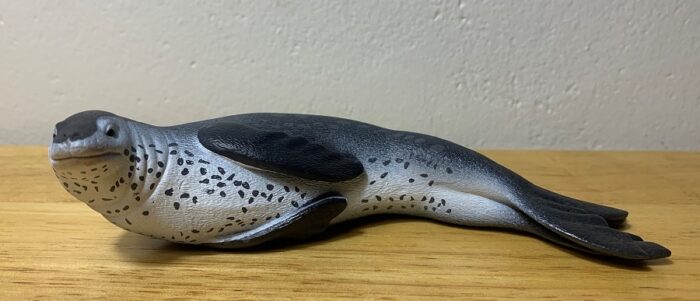Walk-around of the retired Safari Ltd. Wild Safari Sealife crocodile shark, Pseudocarcharias kamoharai (Matsubara, 1936), originally released in 1997. Total length is 169 mm, scale approx. 1:5 – 1:6. The eyes are very large (and have that white spot, too) – which is accurate, though, it’s not only the smallest lamniform shark but also apparently stays at depths below 200 m during the day and comes nearer to the surface only at night.
Brand: Wild Safari Sealife
Salmon Shark (Wild Safari Sealife by Safari Ltd.)

It’s Shark Week once again, the Discovery Channel’s weeklong marathon of shark documentaries that has been 34 years running. So popular is Shark Week that it’s practically a national holiday here in the United States. National Geographic has gotten in on the action too with their own Shark Fest which celebrates the cartilaginous fishes with an entire month of shark content this year.
Minke Whale (Wild Safari Sealife by Safari Ltd.)
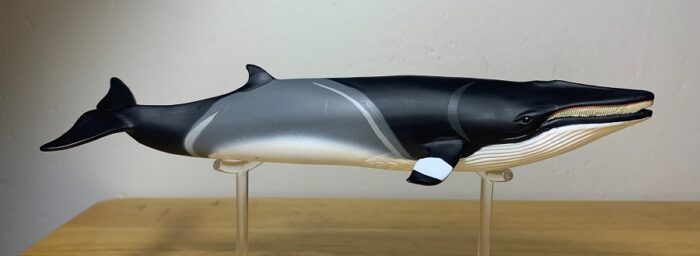
The minke whale (Balaenoptera acutorostrata) belongs to the same genus as the world’s largest animal, the blue whale, but at 26-33’ (8-10.2 meters) is only a fraction of its giant cousin’s size. Indeed, the minke whale is the world’s smallest species of rorqual and the second smallest species of baleen whale (the pygmy right whale is the smallest).
Bamboo Shark (Wild Safari Sealife by Safari Ltd.)

Bamboo sharks, also less glamorously known as longtail carpet sharks, belong to the family Hemiscylliidae within the order Orectolobiformes (carpet sharks). This makes them close kin to such familiar sharks as the whale, nurse, and zebra sharks. All of them are found in the tropical Indo-Pacific and the largest members of the family only reach about 4’ (1.2 meters).
Sei Whale (Wild Safari Sealife by Safari Ltd.)
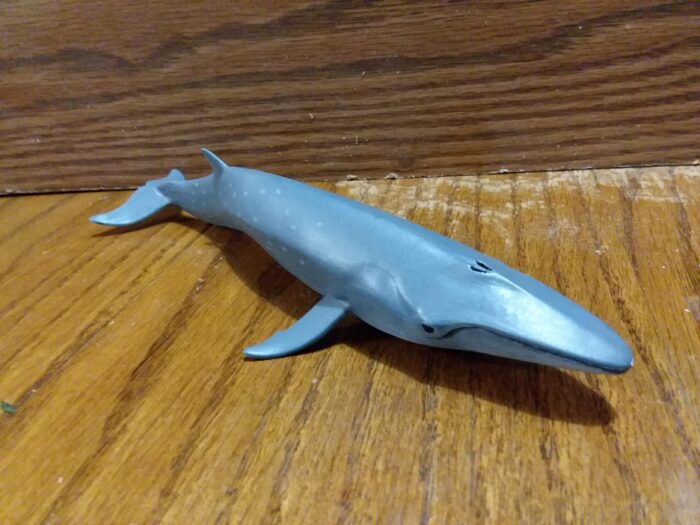
Nurse Shark (Wild Safari Sealife by Safari Ltd.)
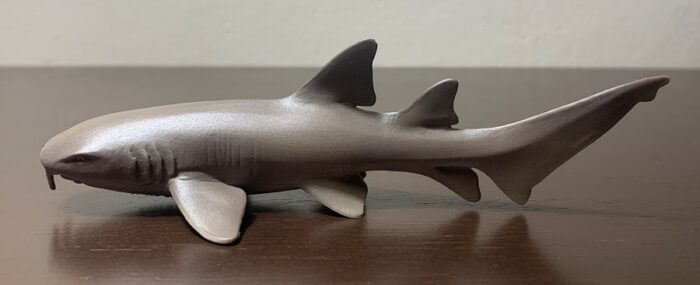
Well, this upcoming week is Shark Week (and Shark Fest was last week, apparently) so here’s our mandatory shark review to celebrate the event. Not that we need an excuse to review sharks, we appreciate sharks all year long around here. Counting this review, I’ve now covered a baker’s dozen cartilaginous fishes.
Sperm Whale, 2019 (Wild Safari Sealife by Safari Ltd.)
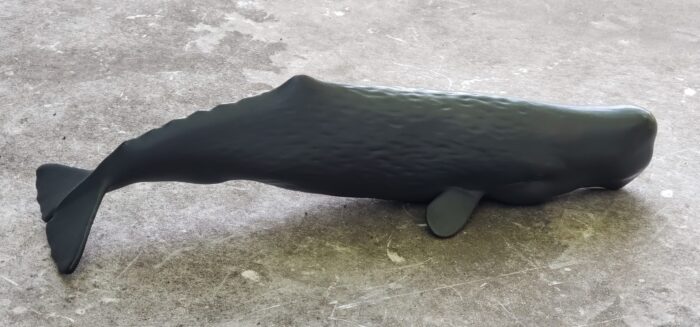
Review and images by Cachalot; edited by bmathison1972
Recently I have gotten interested in sea animals, whales in particular. The sperm whale (Physeter macrocephalus) is my favorite; it is an animal of extremes. It has the largest brain on earth, 17 to 20 pounds. There are music ditties about this creature being brainy.
Leopard Seal (Wild Safari Sealife by Safari Ltd.)
Bowhead Whale (Wild Safari Sealife by Safari Ltd.)
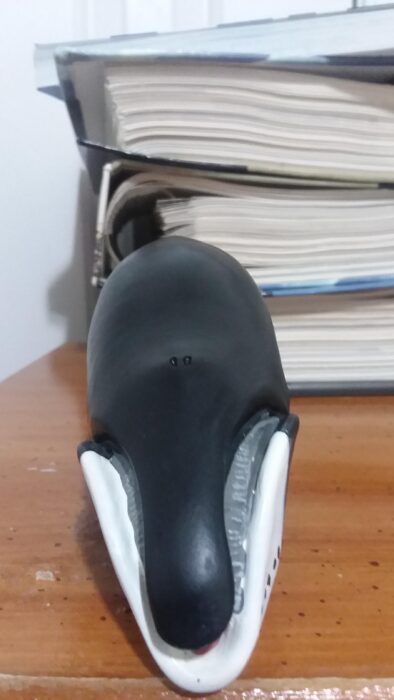
Lemon Shark (Wild Safari Sealife by Safari Ltd.)
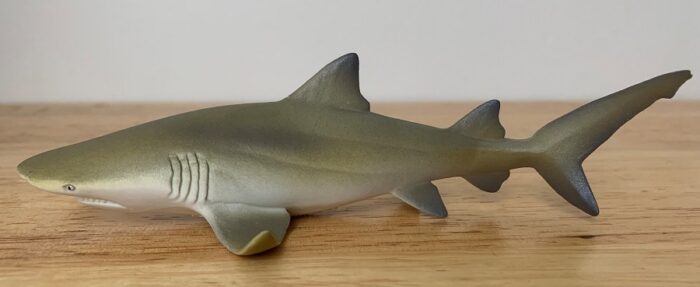
Lemon sharks (Negaprion brevirostris) are a tough, adaptable, nearshore species, found along the eastern coast of the United States, south to southern Brazil as well as the western shore of the Americas from Baja to Ecuador, in addition to the western coast of Africa. Because of their hardiness and accessibility, they’ve been heavily studied by many prominent shark scientists.
Manatee, adult and calf (Wild Safari Sealife by Safari Ltd.)
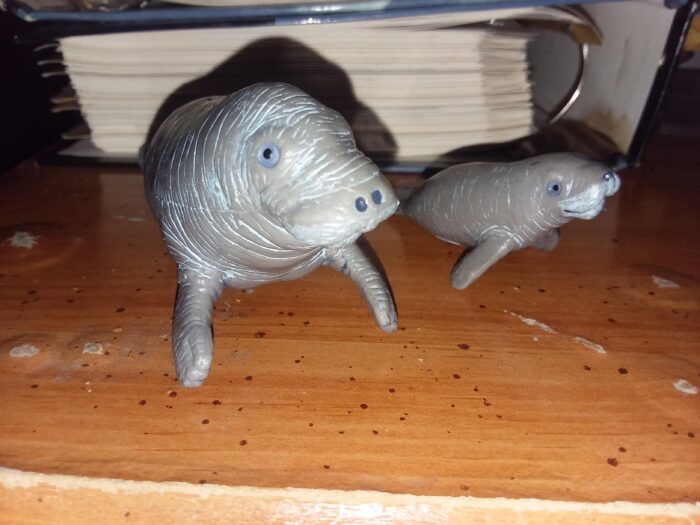
Green Sea Turtle, 1996 (Wild Safari Sealife by Safari Ltd.)
